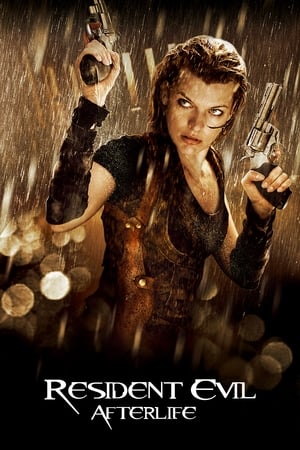
Resident Evil: Afterlife
Resident Evil: Afterlife (2010) is a movie built entirely around its 3D experience, and that is both its strength and its downfall. The story takes a slightly better direction than the previous sequels, benefiting from W.S. Anderson’s return as director, but it still lacks depth. The movie leans fully into action and spectacle, with a focus on flashy sequences rather than strong storytelling. Watching it in 3D, the visuals and effects shine, giving a level of immersion that helps mask the flaws, but in 2D, it loses much of its impact and starts to feel more like a video game cutscene than a cinematic experience. The cinematography and editing are more controlled than in the last two films, making the action at least watchable without feeling overly chaotic. Slow motion is used heavily, almost excessively, but in the 3D format, it works as intended. The film’s standout moment is the chained hammer attack, which delivers one of the most memorable uses of 3D, making it a rare scene that actually evokes a reaction. While the direction is better, the script remains simplistic, offering just enough to move the story along without any real depth. Milla Jovovich once again carries the film, keeping it entertaining with her presence and well-executed action sequences. The supporting cast is there, but nothing particularly stands out. The soundtrack keeps the industrial rock vibe going, fitting well with the movie’s style. Overall, Afterlife is all about the 3D spectacle. If watched in its intended format, it is an enjoyable action-packed ride. In 2D, however, the flaws are much harder to ignore, making it a much weaker film when stripped of its biggest selling point.
